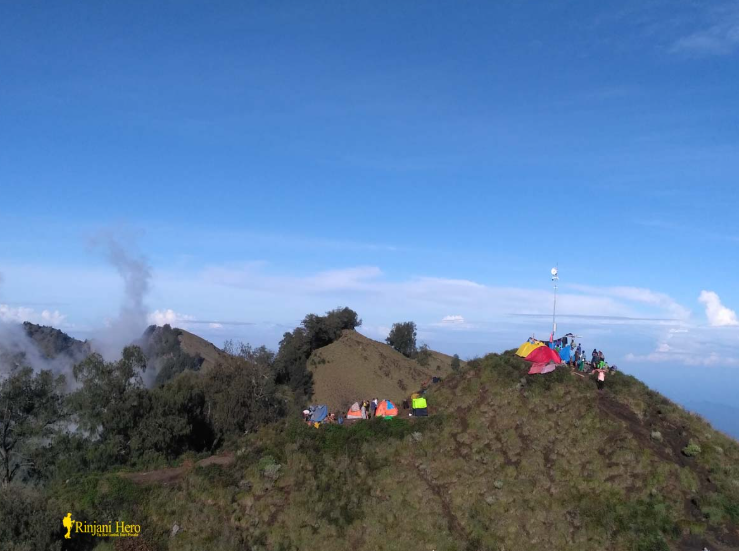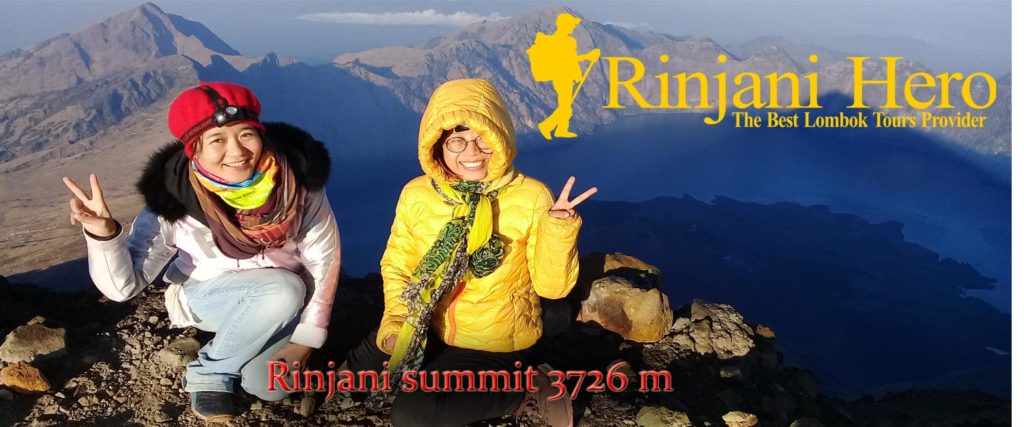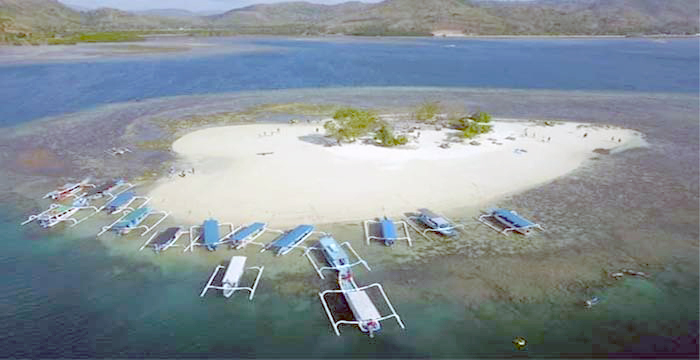Mount Rinjani 2-Days Summit Trekking Guide
If you’re an avid trekker looking to conquer one of Indonesia’s most famous peaks, the Mount Rinjani 2-Days Summit Trekking Guide is the perfect place to start. Mount Rinjani, located on the island of Lombok, stands at 3,726 meters (12,224 feet) and is the second highest volcano in Indonesia. Offering breathtaking views, a rewarding summit, and the opportunity to explore diverse ecosystems, Rinjani is an unforgettable adventure for trekkers of all skill levels. This guide will take you through everything you need to know to prepare for the trek, ensuring a safe and enjoyable summit experience.
Why Choose the Mount Rinjani 2-Day Summit Trek?
The Rinjani summit trek is a popular choice for those short on time but still eager to experience the beauty of this iconic mountain. The two-day trek is an intense journey, designed for fit and experienced trekkers, but it offers the chance to stand atop one of Indonesia’s most majestic volcanoes in just a short amount of time. During the trek, you’ll witness an incredible variety of landscapes—from dense forests to alpine meadows, and finally, to the summit where you’ll be rewarded with panoramic views of the surrounding islands, including Bali, Sumbawa, and the stunning Segara Anak Lake.
What to Expect from the 2-Day Rinjani Summit Trek
The 2-day summit trek is a challenging yet achievable adventure. Here’s what to expect:
Day 1: Trekking to Camp 1 (Sembalun Crater Rim)
Your trek begins at the Sembalun Village, where you will meet your guide and crew. After a briefing, the journey to the first campsite begins. The first leg of the trek is a steady uphill climb through tropical forests, grasslands, and alpine meadows. The terrain can be challenging, with a steep incline in certain sections. You’ll take short breaks along the way, but the pace is relatively moderate to help you acclimatize to the altitude. As you ascend, the views become more and more spectacular.
By the time you reach Camp 1, located on the Sembalun Crater Rim, you’ll have a panoramic view of the surrounding landscape, including Mount Rinjani’s massive crater. Here, you’ll rest, have a meal, and prepare for an early start the next day to summit.
Day 2: The Summit Push and Descent to Senaru Village
Day 2 starts early—usually around 2:00 AM—so you can reach the summit in time for sunrise. The summit push is the most strenuous part of the trek, involving steep and rocky terrain. As you climb, the temperature will drop, and you’ll need to layer up for warmth. The altitude may also begin to affect your breathing, so take your time and hydrate regularly.
Once you reach the summit of Mount Rinjani, you’ll be rewarded with a breathtaking sunrise and panoramic views of the surrounding islands, including Bali and Sumbawa. You’ll also see the stunning Segara Anak Lake, located in the crater below. After enjoying the view and taking photos, you’ll begin the descent back to Camp 1.
From there, you will descend further to the base of the mountain at Senaru Village, where your trek concludes. The descent can be hard on the knees, so ensure you pace yourself. Your guide and crew will help ensure your safety and comfort as you make your way down.
Preparation Tips for the Mount Rinjani 2-Days Summit Trek
1. Fitness and Training
The Rinjani 2-day summit trek is not for beginners. You’ll need to be in good physical condition to handle the steep ascent and long hours of trekking. Prior to your trek, it’s recommended to train by doing long hikes, cardio exercises, and strengthening your legs and core muscles.
2. Proper Gear
For a successful trek, having the right gear is essential. Here’s a basic checklist:
- Hiking boots: Durable, waterproof, and ankle-supporting boots are a must.
- Warm layers: The summit can be cold, even in tropical climates, so pack warm clothing, including a jacket, gloves, and hat.
- Headlamp: Since you’ll be starting in the dark, a reliable headlamp is necessary.
- Water bottles and snacks: Hydration is crucial, so bring plenty of water and high-energy snacks.
- Trekking poles: Useful for managing the rough terrain and taking pressure off your knees during the descent.
3. Acclimatization
Rinjani’s altitude can make the trek difficult, especially if you’re not accustomed to high elevations. To minimize altitude sickness, take it slow, stay hydrated, and avoid overexerting yourself. Consider arriving a day or two early to acclimatize to the local altitude.
4. Guided Tours and Safety
While trekking Mount Rinjani is possible without a guide, it’s highly recommended to go with a certified guide for safety reasons. Guides are knowledgeable about the terrain, weather, and the best routes. They also carry essential first-aid equipment and can provide assistance in case of emergencies. Most tour operators offer a fully supported trek with a guide, porters, meals, and camping gear.
When is the Best Time to Trek Mount Rinjani?
The best time to trek Mount Rinjani is during the dry season, which lasts from April to November. The weather is cooler, and the paths are less slippery. The rainy season (December to March) can make the trails dangerous and difficult, so it’s advisable to avoid trekking during this time.
The Mount Rinjani 2-Days Summit Trek offers a rewarding challenge for trekkers looking to experience one of Indonesia’s most iconic volcanoes. With breathtaking views, diverse landscapes, and a sense of accomplishment upon reaching the summit, this trek is a must-do for adventure enthusiasts. By preparing adequately, staying safe, and hiring an experienced guide, you can enjoy the trek and create lasting memories on the slopes of Mount Rinjani.
For those looking to take on this incredible adventure, remember that preparation is key. Take the time to train, gather the necessary gear, and choose a reputable tour operator. If you’re ready to embrace the challenge, Mount Rinjani awaits you!




